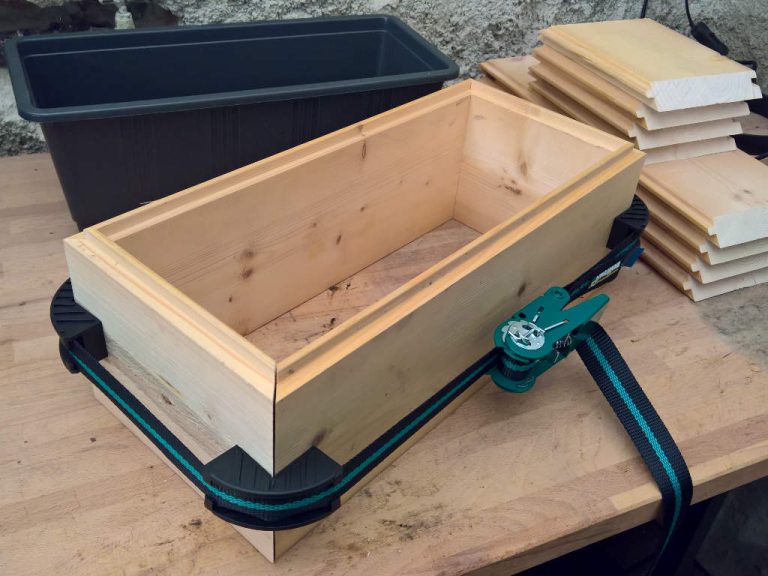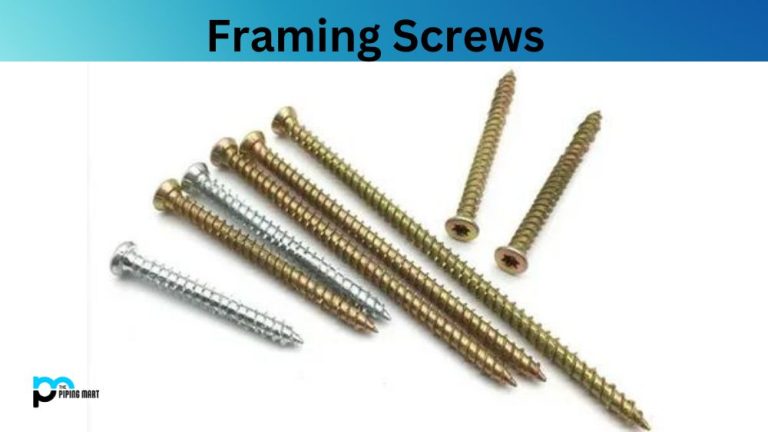Alloy Innovations: Diverse Applications, Benefits, and Geotextile Integration
Alloys, the amalgamation of multiple metals, have revolutionized global industries. Their versatility and unique characteristics make them indispensable across various sectors. Let’s delve into the world of alloys, exploring their uses, advantages, and integration into geotextile applications.
What sets alloys apart from pure metals?
Alloys result from blending two or more metallic elements to enhance specific properties or create new ones. Unlike pure metals, they boast superior strength, durability, corrosion resistance, and conductivity due to their distinctive molecular structure formed during mixing.

Where do alloys find their primary applications?
Alloys have a wide range of applications. In aerospace, they contribute to crafting sturdy yet lightweight components. Automotive industries rely on alloys for manufacturing engine parts, frames, and wheels due to their exceptional strength-to-weight ratio. Additionally, the medical and construction sectors utilize alloys for implants and structural purposes, respectively.
How do alloys integrate with geotextiles?
Geotextiles, crucial in civil engineering for soil stabilization and erosion control, benefit significantly from alloy integration. Alloys with corrosion-resistant properties augment the durability of geotextiles, especially in environments susceptible to harsh weather or chemical exposure. These alloys reinforce the textile’s structure, extending its lifespan and performance.
What advantages do alloys offer compared to individual metals?
Alloys present an array of advantageous traits. They combine the best attributes of different metals, enhancing strength, flexibility, and conductivity. For instance, stainless steel—an alloy of iron, chromium, nickel, and other elements—exhibits exceptional corrosion resistance compared to its components. Moreover, alloys often offer cost-effectiveness by maintaining properties while utilizing less expensive metals.



Applications and Geotextile Integration:
Alloys play a vital role in geotextiles, particularly in applications requiring durability and resilience. Geotextiles infused with alloys like aluminum or stainless steel enhance their resistance to corrosion, UV degradation, and mechanical stress. In civil engineering, these reinforced geotextiles provide stability, fortifying soil structures in retaining walls, roadways, and erosion-prone areas.
Alloy-based geotextiles excel in environmental applications, such as landfills, where their resistance to chemical corrosion and mechanical wear ensures prolonged functionality. Furthermore, integrating alloys into geotextiles extends their lifespan, reduces maintenance needs, and minimizes environmental impact, promoting sustainable solutions.
Alloys remain integral to modern industries, offering diverse applications across sectors. Their integration into geotextiles not only reinforces structural integrity but also fosters sustainability, contributing to resilient infrastructural solutions. As technology advances, so does the potential for alloys, promising further innovations and applications in various fields.




